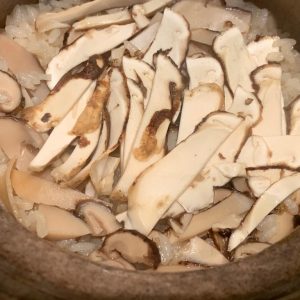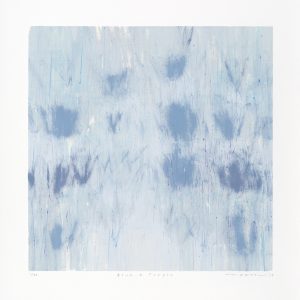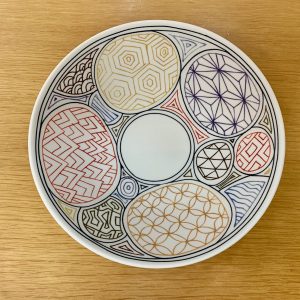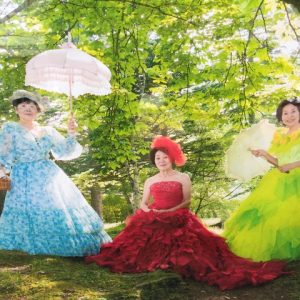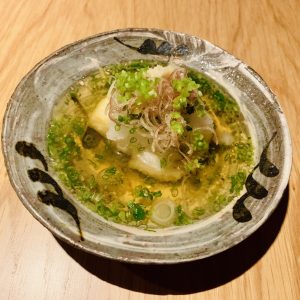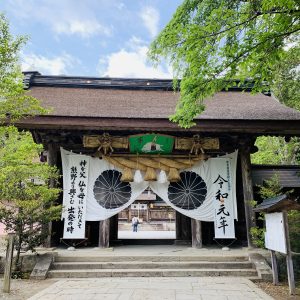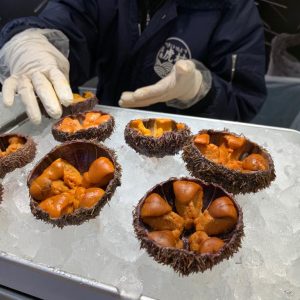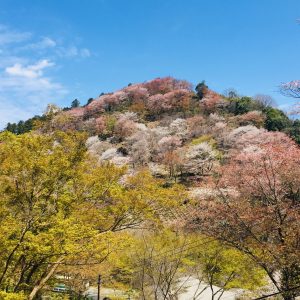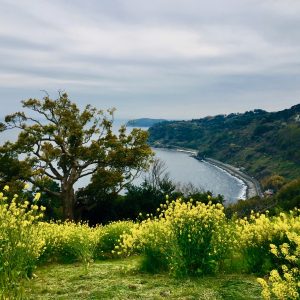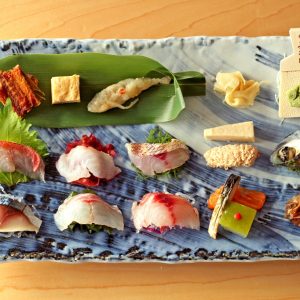Hanare, basement haven in Ebisu
With its fine balance between contemporary and traditional home-style Japanese cuisine, Hanare, a cosy yet refined izakaya in Ebisu, was an ideal venue for a small, casual dinner on a chilly autumn night. While rooted in traditional concepts, this low-key establishment echoes the quality of its more creative and western-oriented big sister, Au Gamin de Tokio, which is two flights up on the second floor of the building they share. Trattoria Mode, a casual Italian eatery in the same Au Gamin… Read more »

